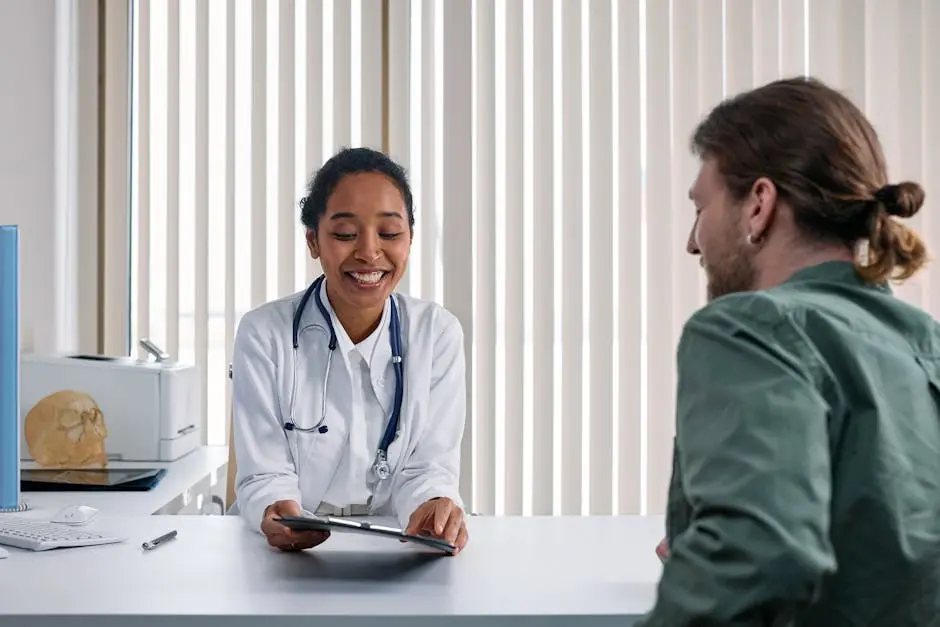Our Blog
Early Signs of Choledochal Cysts: What to Look For in Your Gastrointestinal Health
September 07, 2024
Understanding Choledochal Cysts
Choledochal cysts are structural abnormalities in the bile ducts, which are the tubes that carry bile from the liver to the small intestine. These cysts can cause various health issues if left untreated. They are often present from birth but may not cause symptoms until later in life. Understanding the nature of these cysts is crucial for early detection and proper management.
The main types of choledochal cysts are Todani type I (cystic dilation of the common bile duct), Todani type II (cystic dilation of the extrahepatic bile duct), and Todani type III (choledochocele – cystic dilation of the intraduodenal portion of the common bile duct). Each type has its unique characteristics and may require different treatment approaches.
One of the key risk factors for developing choledochal cysts is a congenital anomaly, which means that individuals may be born with a predisposition to developing these cysts. It’s essential to be aware of this risk factor, especially if you have a family history of gastrointestinal issues or liver disorders.
Symptoms of choledochal cysts can vary depending on the type and size of the cyst. Common symptoms include abdominal pain, jaundice (yellowing of the skin and eyes), nausea, vomiting, and fever. These symptoms may come and go, making it challenging to diagnose the condition early.
The Importance of Gastrointestinal Health
Maintaining good gastrointestinal health is essential for overall well-being. The gastrointestinal system plays a vital role in digestion, nutrient absorption, and immune function. When the digestive system is compromised, it can lead to various health issues, including choledochal cysts.
A balanced diet rich in fiber, fruits, vegetables, and whole grains can help promote gastrointestinal health. It’s also crucial to stay hydrated, exercise regularly, and avoid excessive alcohol consumption and smoking. These lifestyle choices can significantly impact the health of your digestive system.
Regular check-ups with a healthcare provider can help monitor your gastrointestinal health and detect any abnormalities early on. Paying attention to changes in bowel habits, abdominal pain, or other digestive symptoms is important in maintaining gastrointestinal health and preventing serious conditions.
Spotting Early Symptoms
Recognizing the early symptoms of choledochal cysts is crucial for timely diagnosis and treatment. Persistent abdominal pain, especially in the upper right side, should not be ignored, as it could be a sign of a gastrointestinal issue like a choledochal cyst.
Jaundice, a condition characterized by yellowing of the skin and eyes, can also be an early symptom of choledochal cysts. If you notice any yellow discoloration, it’s essential to seek medical attention to determine the underlying cause.
Other symptoms to watch out for include unexplained weight loss, nausea, vomiting, and fever. These nonspecific symptoms can often be attributed to various conditions, but when they persist, further evaluation by a healthcare provider is necessary.
Keeping a symptom diary can help track changes in your health and provide valuable information to your healthcare provider. Be vigilant in monitoring your symptoms and seek medical advice if you notice anything out of the ordinary.
Diagnostic Procedures for Detection
Diagnosing choledochal cysts typically involves a combination of imaging tests, such as ultrasound, CT scans, and magnetic resonance cholangiopancreatography (MRCP). These tests help visualize the bile ducts and identify any abnormalities or cystic structures.
Endoscopic retrograde cholangiopancreatography (ERCP) is another diagnostic procedure used to examine the bile ducts and obtain tissue samples for further analysis. This procedure can provide detailed information about the structure and function of the bile ducts.
In some cases, a liver biopsy may be recommended to assess the extent of liver damage and determine the appropriate treatment approach. An accurate diagnosis is crucial for developing an effective treatment plan tailored to the individual’s condition.
Treatment Options and Management
The treatment of choledochal cysts often involves surgical intervention to remove the cyst and reconstruct the bile ducts. The type of surgery performed depends on the location and extent of the cyst, as well as the individual’s overall health.
Surgical options may include cyst excision with or without hepaticojejunostomy, which is a procedure to create a new connection between the bile ducts and the small intestine. Minimally invasive techniques, such as laparoscopic surgery, may also be used to reduce recovery time and scarring.
Long-term management of choledochal cysts involves regular follow-up appointments to monitor for any recurrence or complications. It’s essential to maintain good gastrointestinal health, follow a healthy lifestyle, and adhere to the recommendations of healthcare providers to prevent future issues.
